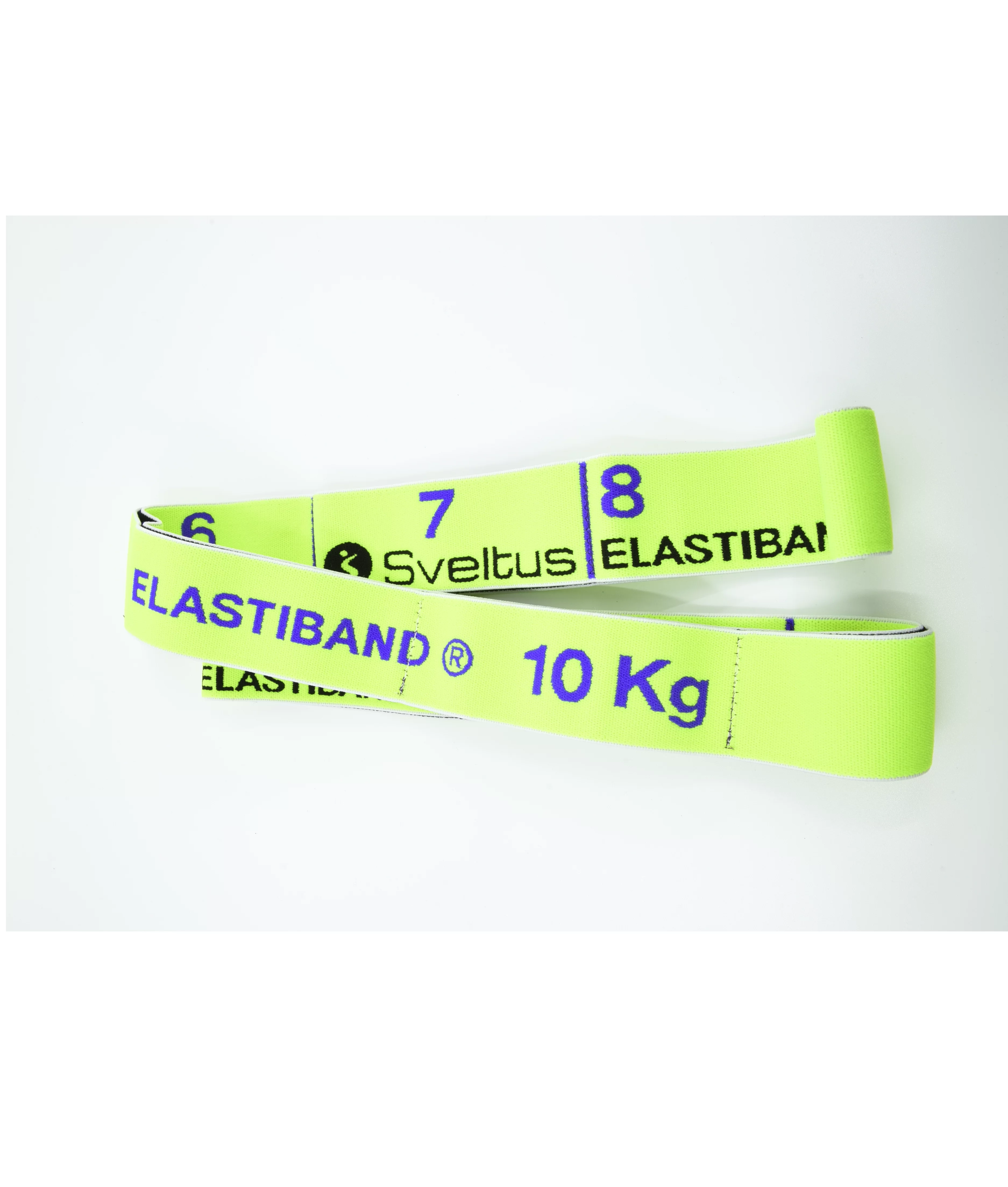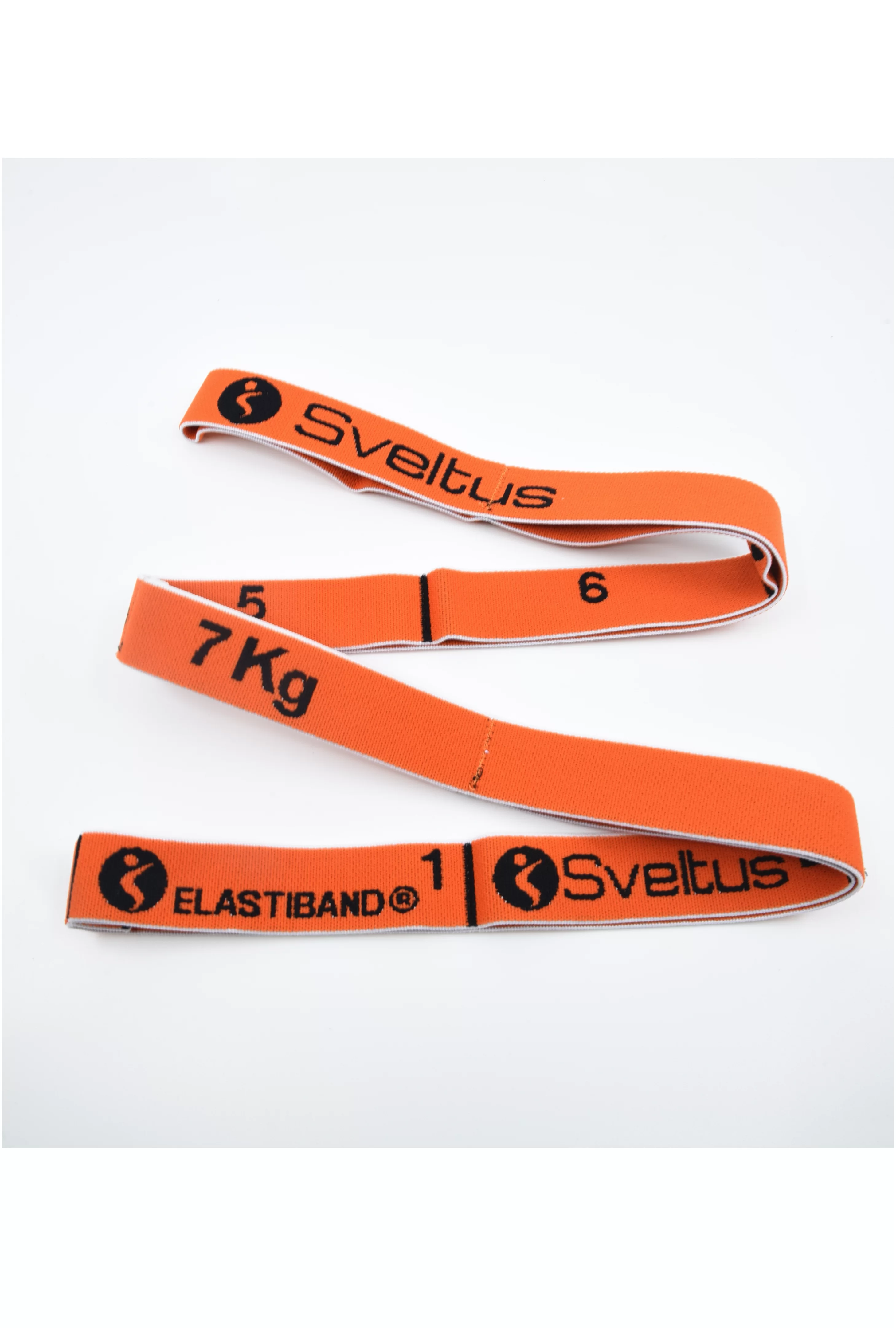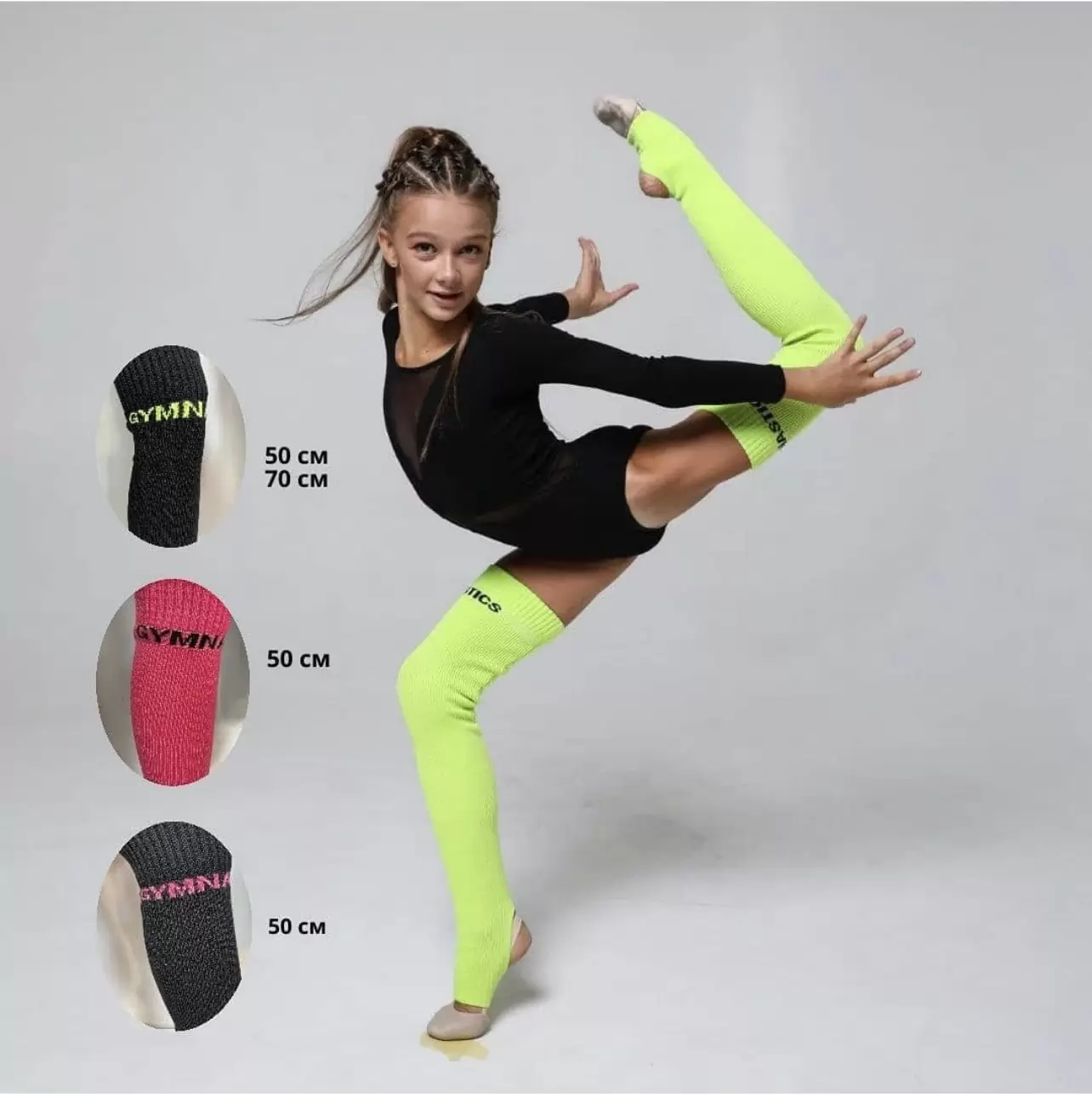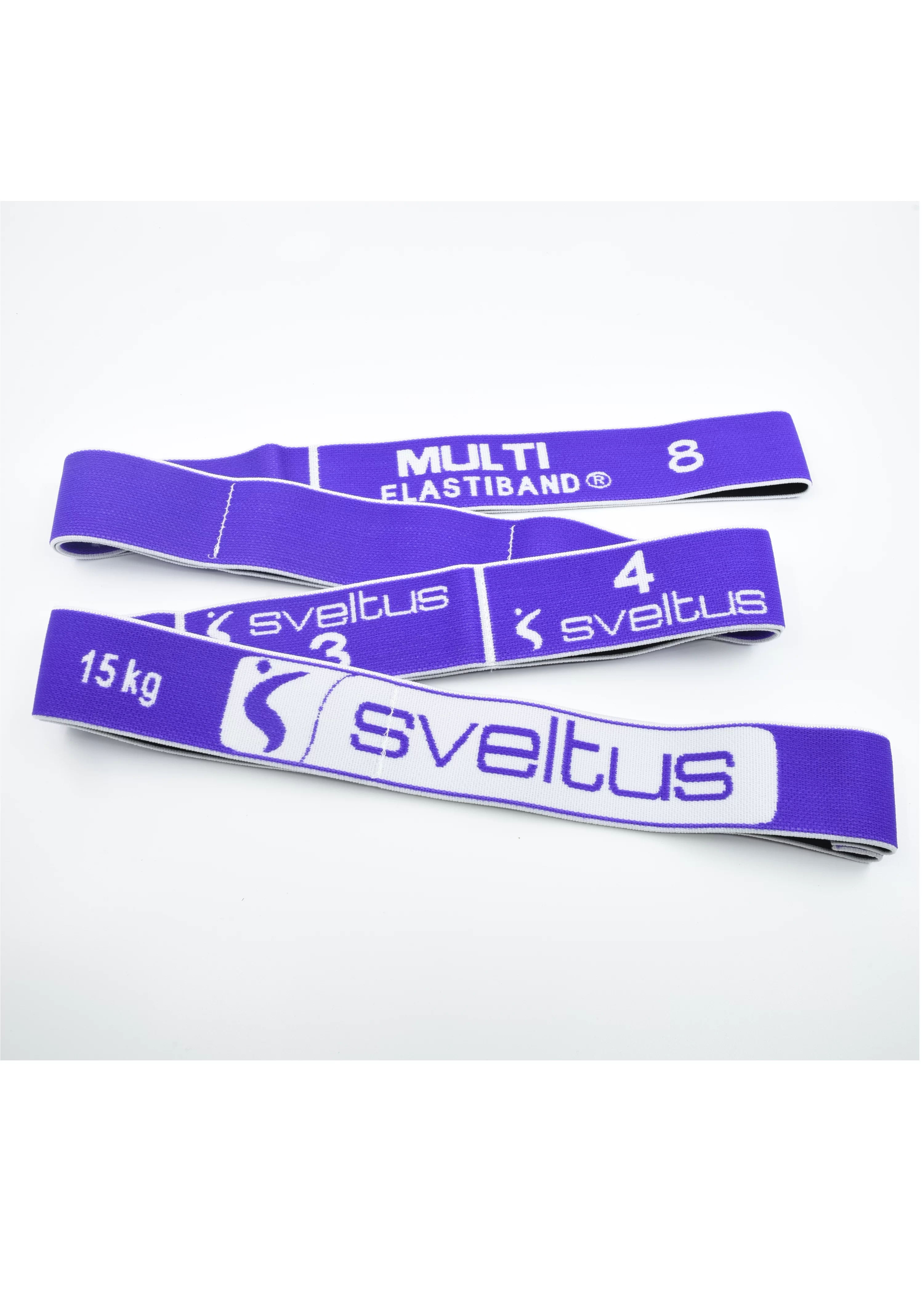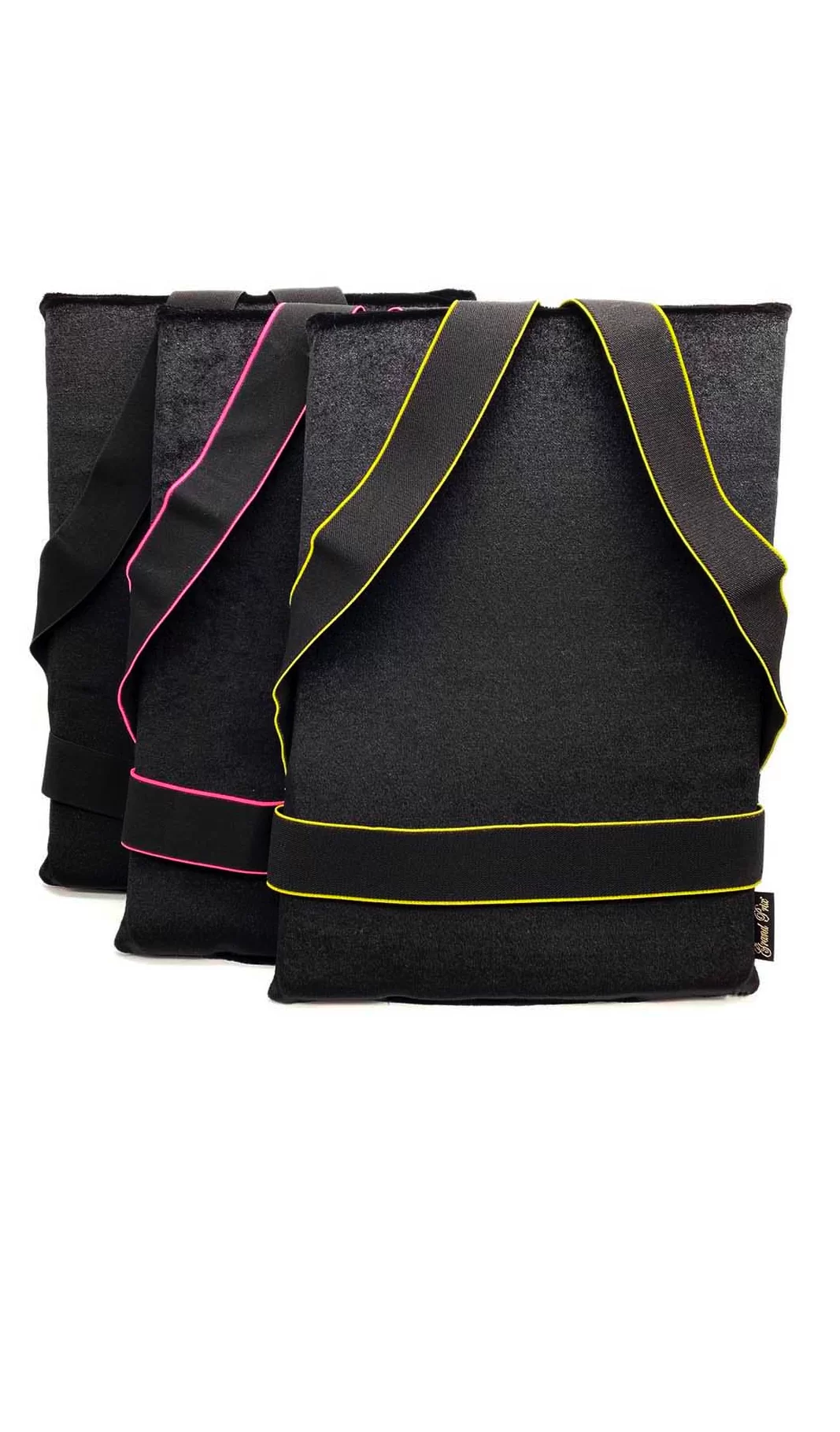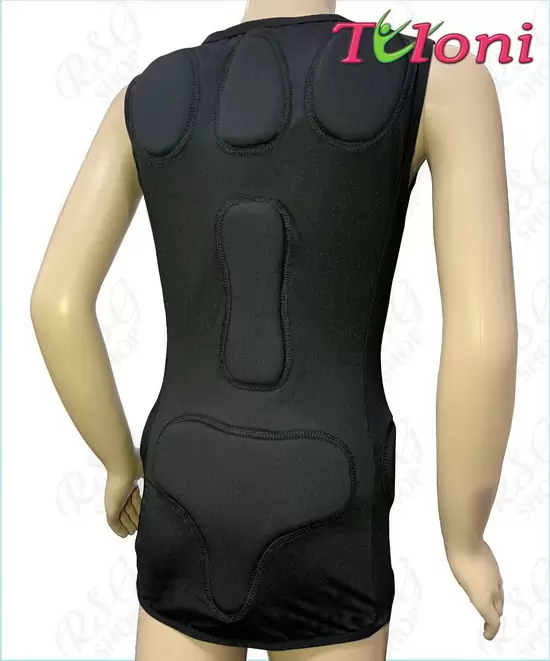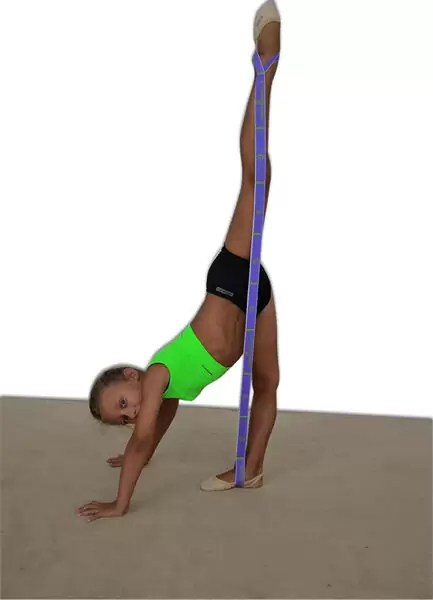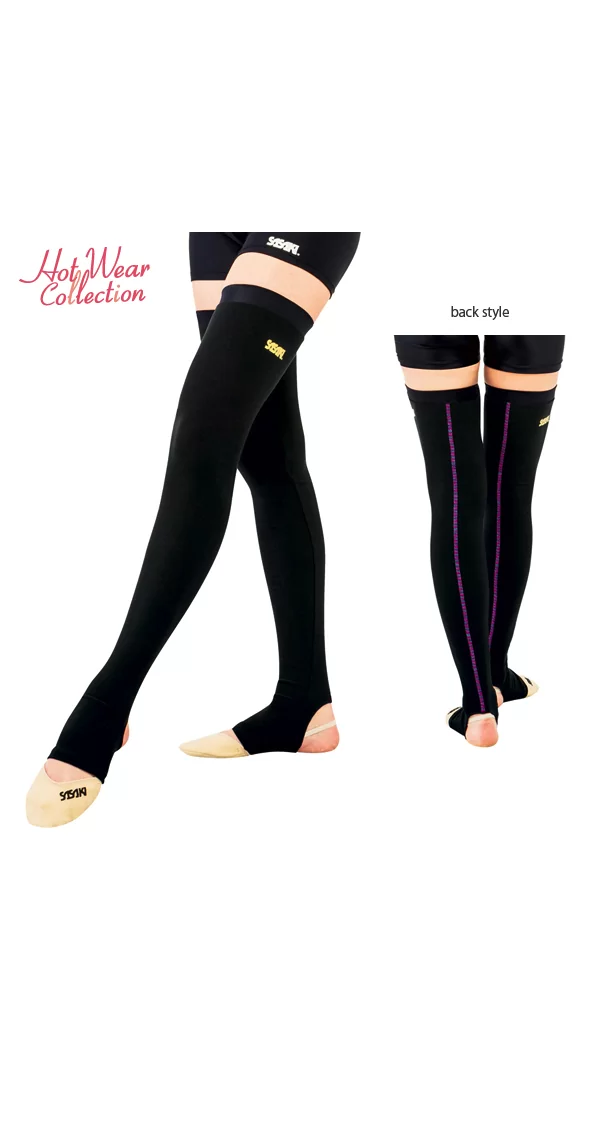-
10 in stock
-
10 in stock
-
9 in stock
-
9 in stock
-
19 in stock
-
10 in stock
-
6 in stock
-
39 in stock
-
10 in stock
-
Out of stock
-
Out of stock
-
Out of stock
- Out of stock
The Essentials of Rhythmic Gymnastics Equipment for Training
Rhythmic gymnastics is a unique blend of athleticism, elegance, and artistry. This performance-driven sport combines elements of ballet, dance, and gymnastics in routines performed with apparatuses such as a hoop, ball, clubs, ribbon, or rope.
While these apparatuses take center stage during performances, the behind-the-scenes work involves an array of training equipment that helps gymnasts refine their skills, build their strength, and perfect their art.
Let’s delve into the world of rhythmic gymnastics training equipment and understand their importance.
Apparatus Training
The heart of rhythmic gymnastics lies in the apparatus performance. Each apparatus has unique properties and requires dedicated training equipment.
Balls
The ball used in rhythmic gymnastics is made of rubber or synthetic material and has a diameter of 18 to 20 cm. For training purposes, it’s beneficial to have multiple balls of varying weights and sizes. Lighter balls can be used to practice throws and catches, while heavier balls can build arm strength and improve grip.
Hoops
The hoop is made of plastic or wood and has an inner diameter of 80 to 90 cm. Training hoops are often heavier than competition hoops to improve wrist strength and control.
They can also be covered with tape to provide better grip during practice sessions.
Clubs
The clubs, each measuring 40 to 50 cm in length, are typically made of plastic or rubber. For training, lighter clubs help gymnasts practice intricate movements, while heavier clubs develop arm strength.
Ribbons
The ribbon consists of a stick and a ribbon, with the latter measuring 6 meters long for senior competitors. The stick, usually made of wood, bamboo, or plastic, should be light and flexible.
Training ribbons might be shorter to help gymnasts master the basics before moving onto the full-length ribbon.
Ropes
The rope, made from hemp or a synthetic material, has no fixed length. It’s adjusted based on the gymnast’s height. Training ropes can be thicker or have knots to improve grip and control during practice sessions.
Flexibility and Strength Training
Flexibility and strength are fundamental components of rhythmic gymnastics. Hence, the training equipment arsenal includes items that facilitate the development of these essential attributes.
Stretch Bands
Stretch bands are versatile training tools that can improve flexibility, strength, and control. They come in various resistance levels, allowing gymnasts to gradually increase their training intensity.
Balance Beams
Balance is key in rhythmic gymnastics, and a balance beam is an excellent tool to practice this skill. Training beams are usually lower and wider than competition beams, providing a safe and comfortable training platform.
Gymnastic Mats
Gymnastic mats are crucial for safety during training, providing a soft landing surface for jumps and tumbles. They come in different thicknesses and materials, with thicker, softer mats used for high-impact exercises, and thinner, firmer mats for balance and technical exercises.
Hand Grips
Hand grips are used to protect the gymnast’s hands during training, reducing friction and preventing blisters. They are particularly useful when practicing with the hoop or clubs.
Training Aids
Training aids help gymnasts refine their techniques, improve their form, and prevent injuries.
Toe Shoes
Toe shoes provide protection and improved grip during training. They’re typically made from leather or canvas, with suede or microfiber soles.
Massage Balls and Rollers
Massage balls and rollers are used to relieve muscle tension and promote recovery after intense training sessions. They’re an essential part of maintaining the gymnast’s physical health and performance.
Chalk and Adhesive Sprays
Chalk and adhesive sprays improve grip on the apparatus, particularly important for safe and efficient training. These are often used in conjunction with hand grips for optimal performance.
In conclusion, while the allure of rhythmic gymnastics lies in the seamless performance with the apparatus, the foundations of these breathtaking performances are built in countless hours of training.
The variety of equipment used in training—from apparatus-specific items to those that build strength, flexibility, and technique—contributes to the gymnast’s skill development, safety, and performance enhancement.
These training tools are essential to help gymnasts reach their full potential, reduce the risk of injury, and pave the way to perfecting their craft.
Whether you’re a beginner exploring the sport or a seasoned athlete looking to refine your skills, understanding and investing in the right training equipment is a pivotal step in your rhythmic gymnastics journey.





